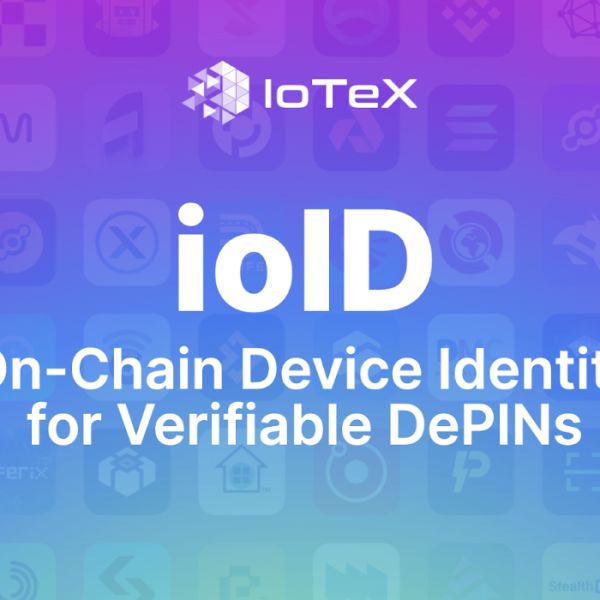Standard Chartered: Analyzing the Logic Behind Our Optimism for Ethereum Reaching $7,500 by Year-End
Standard Chartered Bank stated that even if the second largest cryptocurrency, Ethereum, surged to its all-time high of $4,955 on August 25, the valuation of Ethereum and its treasury-holding companies remains underestimated.
Geoffrey Kendrick, Head of Crypto Research at the bank, said that since June, treasury companies and ETFs have absorbed nearly 5% of the circulating Ethereum, with treasury companies purchasing 2.6% and ETFs increasing their holdings by 2.3%.
The combined 4.9% holding ratio is one of the fastest accumulation cycles in crypto history, surpassing the pace at which BTC treasuries and ETFs increased their holdings by 2% of the circulating supply at the end of 2024.

Kendrick stated that the recent buying frenzy marks the early stage of a broader accumulation cycle. In his July report, he predicted that treasury companies could eventually control 10% of the circulating Ethereum.
Kendrick believes that since companies like BitMINE have publicly set a 5% holding as their target, this goal seems achievable. He pointed out that this means there is still 7.4% of the circulating supply left to be accumulated, which will provide strong support for Ethereum’s price.
The rapid pace of accumulation highlights the increasingly important role of institutional players in the cryptocurrency market. Kendrick noted that the synergy between ETF inflows and treasury accumulation forms a “feedback loop,” which could further tighten supply and push prices higher.
Kendrick raised the bank’s previous forecast, stating that Ethereum could climb to $7,500 by year-end. He also said that the current pullback is an “excellent entry point” for investors to position themselves for subsequent capital inflows.
Although buying pressure has pushed up Ethereum’s price, the valuation of Ethereum-holding companies has moved in the opposite direction.
SharpLink and BitMINE are two of the most established Ethereum treasury companies, and their net asset value (NAV) multiples have fallen below that of the largest Bitcoin treasury company, Strategy.
Kendrick stated that this valuation discount is unreasonable, as Ethereum treasury companies can earn a 3% staking yield, while the Bitcoin held by Strategy cannot generate such returns.
He also mentioned that SBET recently plans to buy back shares when its NAV multiple falls below 1.0, saying this sets a “solid floor” for the valuation of Ethereum treasury companies.
Disclaimer: The content of this article solely reflects the author's opinion and does not represent the platform in any capacity. This article is not intended to serve as a reference for making investment decisions.
You may also like
IoTeX launches the world's first on-chain identity solution ioID designed specifically for smart devices
ioID is revolutionizing identity management for smart devices, allowing DePIN to authenticate devices, protect data, and unlock next-generation application scenarios within a user-owned ecosystem compatible with any blockchain.

Mars Morning News | Last week, global listed companies made a net purchase of $13.4 million in BTC, while Strategy did not buy any Bitcoin last week
Expectations for a Federal Reserve interest rate cut in December have risen, with Bitcoin briefly surpassing $89,000 and the Nasdaq surging 2.69%. There are internal disagreements within the Fed regarding rate cuts, causing a strong reaction in the cryptocurrency market. Summary generated by Mars AI. This summary is generated by the Mars AI model and its accuracy and completeness are still being iteratively updated.

The covert battle in the crypto industry escalates: 40% of job seekers are North Korean agents?
North Korean agents have infiltrated 15%-20% of crypto companies, and 30%-40% of job applications in the crypto industry may come from North Korean operatives. They act as proxies through remote work, using malware and social engineering to steal funds and manipulate infrastructure. North Korean hackers have stolen over $3 billion in cryptocurrency to fund nuclear weapons programs. Summary generated by Mars AI. This summary is generated by the Mars AI model, and its accuracy and completeness are still being iteratively improved.

Which targets are Wall Street short sellers eyeing? Goldman Sachs reveals the short-selling undercurrents amid the AI wave
Data shows that short selling in the US stock market has reached a five-year high. However, investors are not recklessly challenging AI giants; instead, they are targeting so-called "pseudo-beneficiaries"—companies that have surged on the AI concept but lack core competitiveness.
